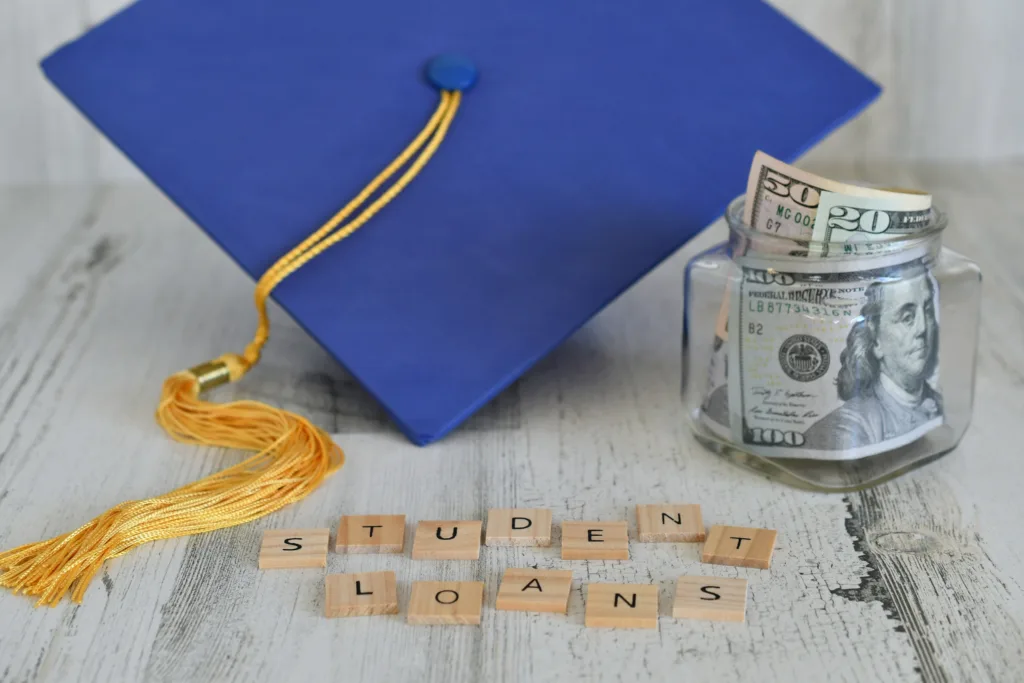As a wave of concern sweeps across the United States, the Supreme Court has nullified the student debt cancellation of up to $20,000, as proposed by President Joe Biden last year. This ruling affects around 40 million borrowers who had benefitted from the payment pause during the pandemic. With repayments set to recommence in October, it’s imperative to understand the available options and programs that may alleviate the financial burden.
Brace Yourself: Payments Are Due to Restart
Due to a debt ceiling agreement reached by the White House with House Speaker Kevin McCarthy, payments on federal student loans that were paused during the pandemic will resume starting in October, and interests will begin accruing in September. Moreover, President Biden does not have the authority to extend the forbearance again.
It’s essential for borrowers to get organized and plan for the resumption of payments. The first step is to visit the Federal Student Aid (FSA) website to confirm your loan servicer and understand your monthly payment structure. Ensure that your contact information is updated on your loan servicer’s website as well as on StudentAid.gov to receive vital notifications from the Education Department.
Notably, auto-debit arrangements for repayments may not reactivate automatically. Hence, borrowers must confirm their auto-debit enrollment ahead of the restart.
FSA’s Loan Simulator tool is also an invaluable resource. It assists borrowers in finding a repayment plan tailored to their financial situation. The adoption of an income-driven repayment (IDR) plan can also be beneficial, as suggested by FSA.
For borrowers in default, it’s crucial to get the loans in current status through the government’s Fresh Start program. This action halts collections and wage garnishments once payments resume. The deadline to apply is December 31, 2023.
Silver Lining: A Glimmer of Hope Amidst the Clouds

Despite the Supreme Court’s ruling, borrowers can find some solace in a one-time payment adjustment. Last year, the Education Department made certain months eligible for student loan discharge under income-driven repayment plans. This move reverses some of the setbacks caused by loan servicers that did not properly monitor deferments or directed borrowers towards forbearance instead of IDR plans.
This adjustment, separate from the court’s decision, is aimed at aiding borrowers in moving closer to loan forgiveness under IDR plans. A staggering 3.6 million borrowers will receive a minimum of three years of credit towards discharge.
The adjustments will be automatic unless your loans are in default, or you have commercially-held FFEL loans. If your loans are in default, joining the Fresh Start program makes you eligible for the adjustment. For commercially-held FFEL loans, consolidation with Federal Student Aid by December 31, 2023, is required.
Innovations in Income-Driven Repayment Plans
Alongside the loan forgiveness, there were announcements about reforming IDR plans. The changes could potentially reduce monthly payments, curb ballooning balances, and offer loan forgiveness after ten years instead of the current 20 or 25.
However, the reformed plan will take time to materialize. If the Department of Education publishes a final rule by November 1, 2023, new regulations may come into effect on July 1, 2024, or even earlier.
It’s a time of change and adaptation for student loan borrowers. While the Supreme Court’s decision may have come as a disappointment, there are still avenues and programs designed to alleviate the pressures of student loan repayments. Being informed and taking proactive measures is essential in navigating these financial waters with confidence.


